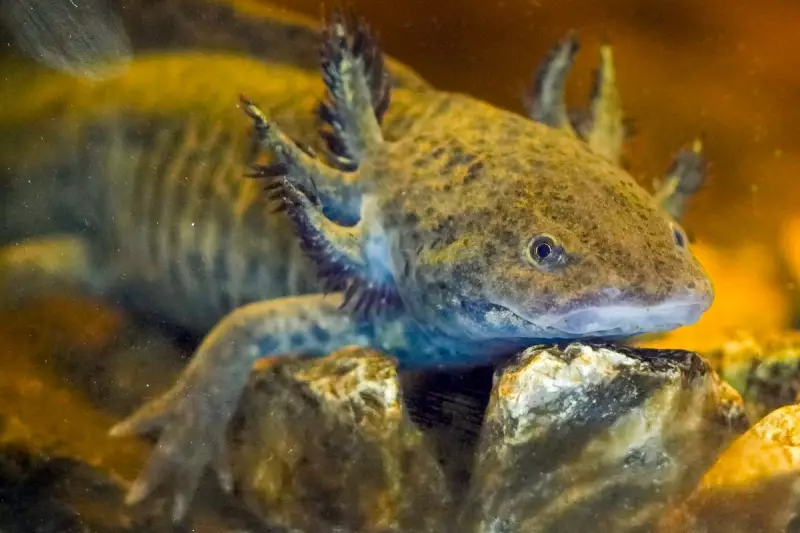
Mexico's iconic axolotl salamanders, known for their extraordinary regenerative abilities, are now at the centre of a groundbreaking scientific discovery. Researchers have uncovered unique DNA traits in these critically endangered amphibians that could revolutionise both conservation efforts and medical science.
The DNA Breakthrough
Scientists studying the axolotl's genome have identified remarkable genetic sequences that enable their legendary healing powers. These findings may hold the key to understanding human tissue regeneration and combating degenerative diseases.
Race Against Extinction
Native only to Mexico's Xochimilco lake network, wild axolotl populations have plummeted by 99.5% since the 1990s due to pollution and urban expansion. Conservationists warn these 'water monsters' of Aztec legend could disappear from their natural habitat within five years.
Scientific Goldmine
The axolotl's 32-billion-base-pair genome – ten times larger than humans' – presents both a challenge and opportunity for researchers. Their ability to regrow limbs, organs and even parts of their brain makes them invaluable to regenerative medicine studies.
Conservation Efforts Intensify
Mexican scientists are implementing innovative breeding programs and habitat restoration projects. Local farmers are being trained in sustainable practices to protect the remaining axolotl population in Xochimilco's canals.
As research continues, the axolotl's genetic secrets may unlock medical miracles while conservationists fight to save this extraordinary species from vanishing forever.





